Mr Fry's Astronomy Resources

I was contacted recently with the sad news that Mr Derek Fry, Teacher of Physics and Astronomy at The Grammar School at Leeds, had passed away. They asked that I share the Astronomy materials he wrote and used with his students and publish them on the website. They are taken from here. Mr Fry was a fellow of both the Royal Astronomical Society and the Institute of Physics and his materials are excellent. You can find his obituary here.
Practice Papers
Work Papers
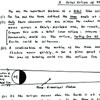 A total eclipse of the Sun, by the Moon, seen from the Earth
A total eclipse of the Sun, by the Moon, seen from the Earth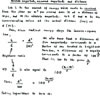 Absolute Magnitude, Apparent Magnitude and Distance
Absolute Magnitude, Apparent Magnitude and Distance
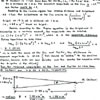 Absolute Magnitude, Apparent Magnitude and Distance Answers
Absolute Magnitude, Apparent Magnitude and Distance Answers
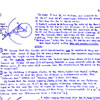 Angles
Angles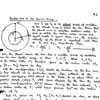 Another Look at the Synodic Period
Another Look at the Synodic Period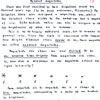 Apparent Magnitudes
Apparent Magnitudes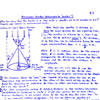 Astronomical Parallax
Astronomical Parallax Atmospheric Refraction of Light
Atmospheric Refraction of Light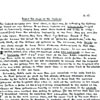 Beyond the range of the Cepheid
Beyond the range of the Cepheid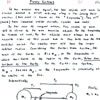 Binary Systems
Binary Systems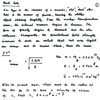 Black Hole
Black Hole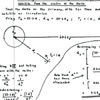 Calculating the distance of a geostationary/geosynchronous Satellite from the centre of the Earth
Calculating the distance of a geostationary/geosynchronous Satellite from the centre of the Earth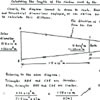 Calculating the length of the Shadow cast by the Earth in space
Calculating the length of the Shadow cast by the Earth in space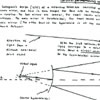 Cartesian (Cassegrainian) reflecting telescope
Cartesian (Cassegrainian) reflecting telescope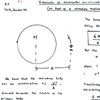 Centripetal acceleration, Kepler's Third Law of Planetary Motion
Centripetal acceleration, Kepler's Third Law of Planetary Motion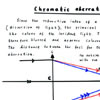 Chromatic aberration (or Chromatism)
Chromatic aberration (or Chromatism)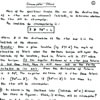 Circumpolar Stars
Circumpolar Stars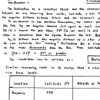 Circumpolarity
Circumpolarity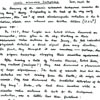 Cosmic Microwave background
Cosmic Microwave background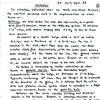 Cosmology
Cosmology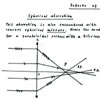 Defects of lenses (more of a reminder)
Defects of lenses (more of a reminder)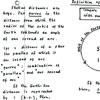 Definition of the Parsec (PC)
Definition of the Parsec (PC)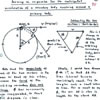 Deriving and expression for the centripetal acceleration of secondary body revolving around a primary body.
Deriving and expression for the centripetal acceleration of secondary body revolving around a primary body.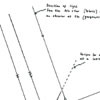 Direction of Light from the Pole Star (Polaris) overhead for an observer at the (geographical) North Pole
Direction of Light from the Pole Star (Polaris) overhead for an observer at the (geographical) North Pole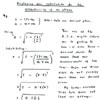 Displaying Your Calculation for the Eccentricity of an Ellipse
Displaying Your Calculation for the Eccentricity of an Ellipse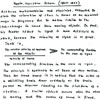 Doppler, Christian Johann (1803 1853)
Doppler, Christian Johann (1803 1853)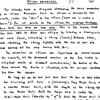 Ellipse Parameters
Ellipse Parameters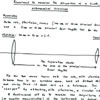 Experiment to examine the properties of a simple, refracting astromical telescope
Experiment to examine the properties of a simple, refracting astromical telescope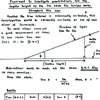 Experiment to Investigate Quantitatively how the Angular height of the Sun above the Horizon varies throughout the Year
Experiment to Investigate Quantitatively how the Angular height of the Sun above the Horizon varies throughout the Year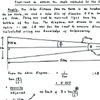 Experiment to measure the angle subtended by the Sun at the Earth
Experiment to measure the angle subtended by the Sun at the Earth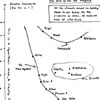 Further work on stellar evolution
Further work on stellar evolution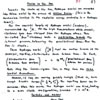 Fusion in the Sun
Fusion in the Sun Galaxies
Galaxies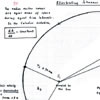 Illustrating Johannes Kepler's "Equal Areas" Law
Illustrating Johannes Kepler's "Equal Areas" Law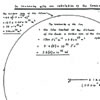 In connexion with our calculation of the luminosity of the Sun
In connexion with our calculation of the luminosity of the Sun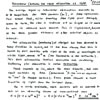 Interstellar (between the stars) absorption of light.
Interstellar (between the stars) absorption of light.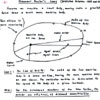 Johannes Kepler's Laws
Johannes Kepler's Laws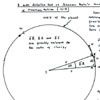 Johannes Kepler's Second Law of Planetary Motion in detail
Johannes Kepler's Second Law of Planetary Motion in detail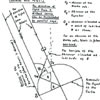 Latitude and Polaris
Latitude and Polaris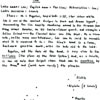 Leo
Leo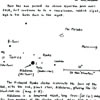 Mars
Mars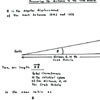 Measuring the distance to the Crab Nebula
Measuring the distance to the Crab Nebula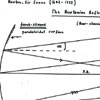 Newton, Sir Isaac (1642 1727)
Newton, Sir Isaac (1642 1727)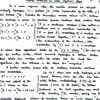 Nuclear reactions in main sequence stars
Nuclear reactions in main sequence stars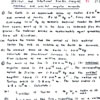 Orbital and Rotational kinetic energies; rotations and orbital angular momenta
Orbital and Rotational kinetic energies; rotations and orbital angular momenta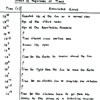 Orders of Magnitudes of Times
Orders of Magnitudes of Times Our Galaxy
Our Galaxy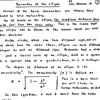 Parameters of the Ellipse
Parameters of the Ellipse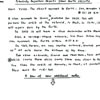 Potentially Hazardous Objects / Near Earth Objects
Potentially Hazardous Objects / Near Earth Objects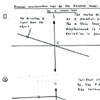 Principal construction rays for the different images formed by a convex lens
Principal construction rays for the different images formed by a convex lens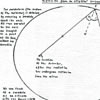 Reflexion from an Elliptical Surface
Reflexion from an Elliptical Surface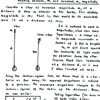 Relating Absolute, M, and Apparent, M, Magnitude
Relating Absolute, M, and Apparent, M, Magnitude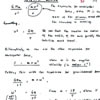 Satellite Motion
Satellite Motion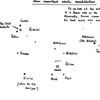 Some Important Winter Constellations
Some Important Winter Constellations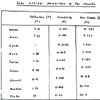 Some Orbital Parameters of the Planets
Some Orbital Parameters of the Planets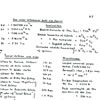 Some Useful Astronomical Facts and Figures
Some Useful Astronomical Facts and Figures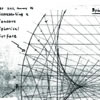 Spherical Aberration
Spherical Aberration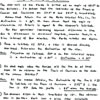 Stellar and Terrestrial Co ordinates
Stellar and Terrestrial Co ordinates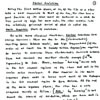 Stellar Evolution
Stellar Evolution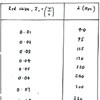 Supplement to Hubble and the redshifts of galaxies
Supplement to Hubble and the redshifts of galaxies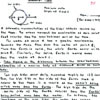 Terrestrial Tides
Terrestrial Tides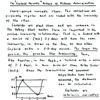 The "Cepheid Variable" method of Distance Determination
The "Cepheid Variable" method of Distance Determination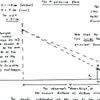 The "Magnifying" glass
The "Magnifying" glass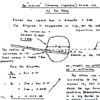 The "reduced" (meaning simplified) human eye, and the image formed of the moon
The "reduced" (meaning simplified) human eye, and the image formed of the moon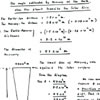 The angle subtended by Mercury at the Earth, when the Planet transits the Solar Disc
The angle subtended by Mercury at the Earth, when the Planet transits the Solar Disc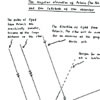 The Angular Elevation of Polaris (the Pole Star) and the Latitude of the Observer
The Angular Elevation of Polaris (the Pole Star) and the Latitude of the Observer The Angular Measurements of Some Objects
The Angular Measurements of Some Objects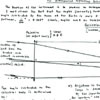 The Astronomical Refracting Telescope
The Astronomical Refracting Telescope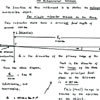 The Astronomical Telescope
The Astronomical Telescope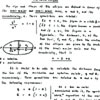 The Basic Ellipse
The Basic Ellipse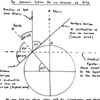 The Celestial Sphere for an Observer at 51⁰ N
The Celestial Sphere for an Observer at 51⁰ N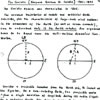 The Coriolis (Gaspard Gustave de Coriolis) 1792 1843
The Coriolis (Gaspard Gustave de Coriolis) 1792 1843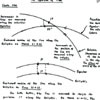 The Equation of Time
The Equation of Time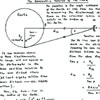 The Geocentric Parallax of the Moon
The Geocentric Parallax of the Moon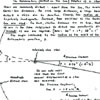 The Heliocentric (centered on the Sun) Parallax of a Star
The Heliocentric (centered on the Sun) Parallax of a Star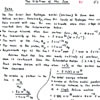 The Lifetime of the Sun
The Lifetime of the Sun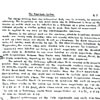 The Magnitude System
The Magnitude System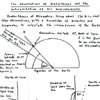 The Observations of Eratosthenes and the Interpretation of his Measurements
The Observations of Eratosthenes and the Interpretation of his Measurements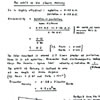 The Orbit of the Planet Mercury
The Orbit of the Planet Mercury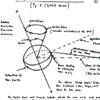 The precessional Motion of the Earth
The precessional Motion of the Earth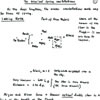 The Principal Spring Constellations
The Principal Spring Constellations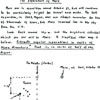 The Prominence of Mars
The Prominence of Mars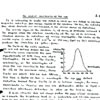 The Relative Sensitivity of the Eye
The Relative Sensitivity of the Eye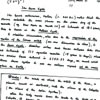 The Saros Cycle
The Saros Cycle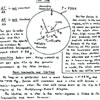 The Sun
The Sun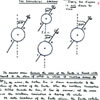 The Terrestrial Seasons
The Terrestrial Seasons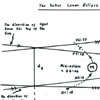 The Total Lunar Eclipse 28th September 2015
The Total Lunar Eclipse 28th September 2015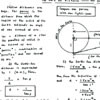 The Unit of Distance the Parsec (PC)
The Unit of Distance the Parsec (PC)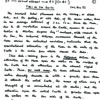 Tides on the Earth
Tides on the Earth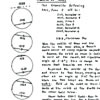 Transits of Venus
Transits of Venus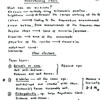 Understanding Stars
Understanding Stars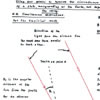 Using String to measure the circumference of a plate masquerading as the Earth.
Using String to measure the circumference of a plate masquerading as the Earth.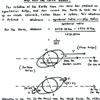 Why does the Earth Wobble?
Why does the Earth Wobble?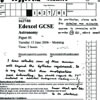 Astronomy Paper 01 - June 2006
Astronomy Paper 01 - June 2006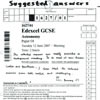 Astronomy Paper 01 - June 2007
Astronomy Paper 01 - June 2007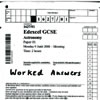 Astronomy Paper 01 - June 2008
Astronomy Paper 01 - June 2008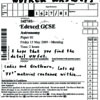 Astronomy Paper 01 - May 2009
Astronomy Paper 01 - May 2009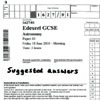 Astronomy Paper 01 - June 2010
Astronomy Paper 01 - June 2010 Astronomy Unit 1 Understanding the Universe GCSE - June 2011
Astronomy Unit 1 Understanding the Universe GCSE - June 2011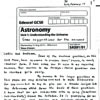 Astronomy Unit 1 Understanding the Universe GCSE - May 2013
Astronomy Unit 1 Understanding the Universe GCSE - May 2013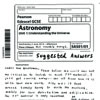 Astronomy Unit 1 Understanding the Universe GCSE - June 2014
Astronomy Unit 1 Understanding the Universe GCSE - June 2014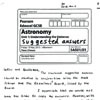 Astronomy Unit 1 Understanding the Universe - May 2015
Astronomy Unit 1 Understanding the Universe - May 2015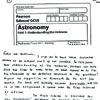 Astronomy Unit 1 Understanding the Universe GCSE - June 2017
Astronomy Unit 1 Understanding the Universe GCSE - June 2017 | © All Rights Reserved |
| © All Rights Reserved |